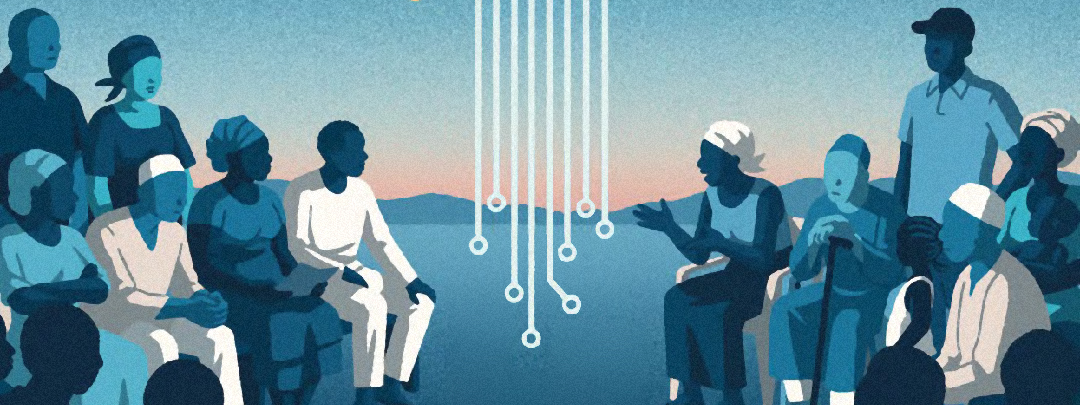Digital Technologies for Environmental Peacebuilding
HORIZON SCANNING OF OPPORTUNITIES & RISKS
Peaceful and healthy environments are prerequisites for sustainable development. But in many regions of the world, the devastating impacts of armed conflict, unsustainable resource exploitation and climate change are intensifying the degradation of our environments and contributing to fragility, instability, and insecurity.
In response to these challenges, the field of environmental peacebuilding has evolved as a holistic and multidisciplinary approach, addressing the crucial role of the environment and natural resources in preventing, mitigating, resolving, and recovering from conflicts. This field promotes social cohesion, healthy ecosystems, and resilient environments through sustainable management of natural resources, effective environmental governance, and proactive climate change adaptation measures.
A key objective of environmental peacebuilding is to manage the environment and natural resources in a manner that fosters peace and trust among individuals and groups. This is achieved by creating inclusive platforms for engagement, facilitating dialogue, encouraging collaboration, and fostering mutual benefits. Through these efforts, environmental peacebuilding seeks to transform environmental risks into opportunities for cooperation and peace, thereby contributing to a more stable and sustainable future.
While digital technologies are increasingly used in environmental peacebuilding a comprehensive analysis exploring both the opportunities and risks these technologies present across the peace and security continuum has yet to be conducted. Prior research has delved into the application of digital technologies within humanitarian operations, mediation, and broader peace and security. However, there is a notable gap in understanding how these technologies specifically intersect with conflict risks and peacebuilding opportunities related to environment, natural resources, and climate change.
Download the Full Report
Partners

Case Studies
Early Warning and Early Action
Early warning and early action systems (EWEAS) provide critical information to anticipate and prevent crises before they occur. Effectively designed EWEAS are integrated with institutional mechanisms at multiple levels of governance to mitigate the impacts of hazards and build resilience against disasters and conflicts.
Preventive Diplomacy
Preventive diplomacy, as conceptualized in the United Nations Millennium Declaration, focuses on addressing the roots of disputes before they can escalate to potentially violent conflict. In the last decade, these strategies have been utilized to address political crises in Syria, Sudan, and Yemen with varying levels of success. Diplomatic efforts, apart from being a critical tool for conflict prevention, can also be used in all other phases of the peace and security continuum.
Peacemaking, Mediation, and Other In-Conflict Processes
Peacemaking is the process of addressing an ongoing violent conflict by bringing parties together to resolve their mutual grievances, usually involving the negotiation of ceasefires or peace agreements. Mediation refers to peacemaking activities whereby a third party assists opposing parties, with their consent, to reach mutually acceptable agreements. As many peacemaking and mediation processes directly address benefit sharing or conflict-related damage natural resources, there are also important applications of digital technology for this domain.
Peacekeeping & Humanitarian Operations
The intertwining of technological innovation with the military and defense sectors has been a hallmark of modern history. Significant developments such as the creation of the Internet (originally ARPANET) for decentralized communication and the development of the Global Positioning System (GPS) for submarine tracking highlight this connection. Despite this close relationship between technological development and the peace and security sector, it is only quite recently that peacekeeping missions have sought to fully integrate advanced digital technologies into their operational frameworks.
Post-Conflict Peacebuilding & Sustainable Development
Post-conflict peacebuilding aims to reduce the risk of relapsing into violent conflict by strengthening national and local capacities for conflict management while rebuilding the social contract and restoring trust in institutions. 150 It is a complex, long-term process of creating the necessary conditions for the state to effectively and legitimately carry out its core functions.
